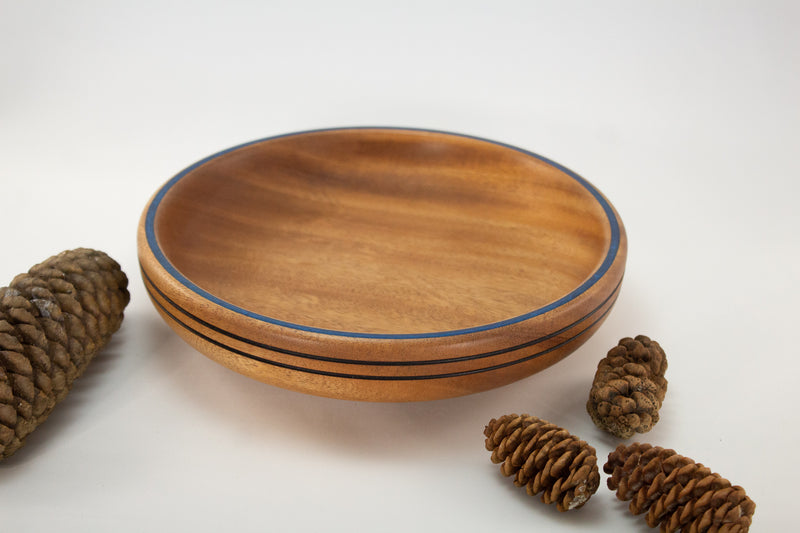
How to take better care for wooden bowls, boards, spoons and tools more regularly. Here’s why, and how.
Why use wood?
I love the look and feel of a wooden cutting board when I pull it from the cupboard to start making dinner. Not only does it look really beautiful, but it’s also the best choice for maintaining a knife-edge. And, I feel that a wooden cutting board only looks and performs better with age, while plastic cutting boards tend to stain and get roughed up with time. Eventually plastic boards need to be tossed in the garbage bin, but I intend to keep my wooden boards for a very long time. In fact, some of them have already been with me for some time (all the more reason to care for them!)
Bowls, spoons, and butcher block countertops are the same. I truly cherish the wooden spoons that I’ve gathered in my travels. These little items need maintenance because consistent washing, liquid detergents and different climates draw oil from the wood allowing it to lose its luster, become faded and sometimes even cracked.
What about bacteria?
I use wooden cutting boards for all prep in my kitchen. I simply prepare vegetables first, wash the board, and then prepare meats last to prevent contamination. There have been many tests on whether plastic cutting boards are safer from contamination than wood. Most tests prove that wood can actually be safer.
How to keep up, and how often?
Wooden cutting boards, bowls, and spoons need to be kept clean – a good scrub with hot soapy water after using it is standard procedure. Do not soak your boards or any other wooden utensils in water or they’ll crack and warp! Some people use a very weak bleach solution or hydrogen peroxide to clean their boards after they’ve been used for cutting raw meat as a precaution against bacterial contamination.
Oiling your boards and tools is also important to help maintain their surface and keep them from drying out. I’ve set the goal of oiling the boards once a month because of our climate, and because I use many of these tools daily. If time allowed, I’d likely oil them more often. Others only notice that they need to oil their boards twice a year, and still others that live in very dry climates may want to schedule their maintenance for once a week.
Oiling your Wooden Boards + Tools:
what you’ll need:
- Wooden cutting board, bowl, spoons, or other utensils
- Clean, soft cloth or paper towel
- Mineral oil, other food-grade oil (DO NOT USE COOKING OIL)
Instructions:
- Start with a clean board and utensils. Be sure your cutting boards, bowls and spoons are as clean as possible, very well scrubbed, and thoroughly dry.
- Apply the oil. Using a clean, soft cloth or paper towel, apply the oil liberally in an even layer over the wood.
- Let it soak in. Leave the oil to soak in, overnight if possible, or for at least a few hours.
- Remove the excess. If the board or your spoons feel oily or sticky, buff off any remaining oil with a clean dry cloth or paper towel. Voila!

